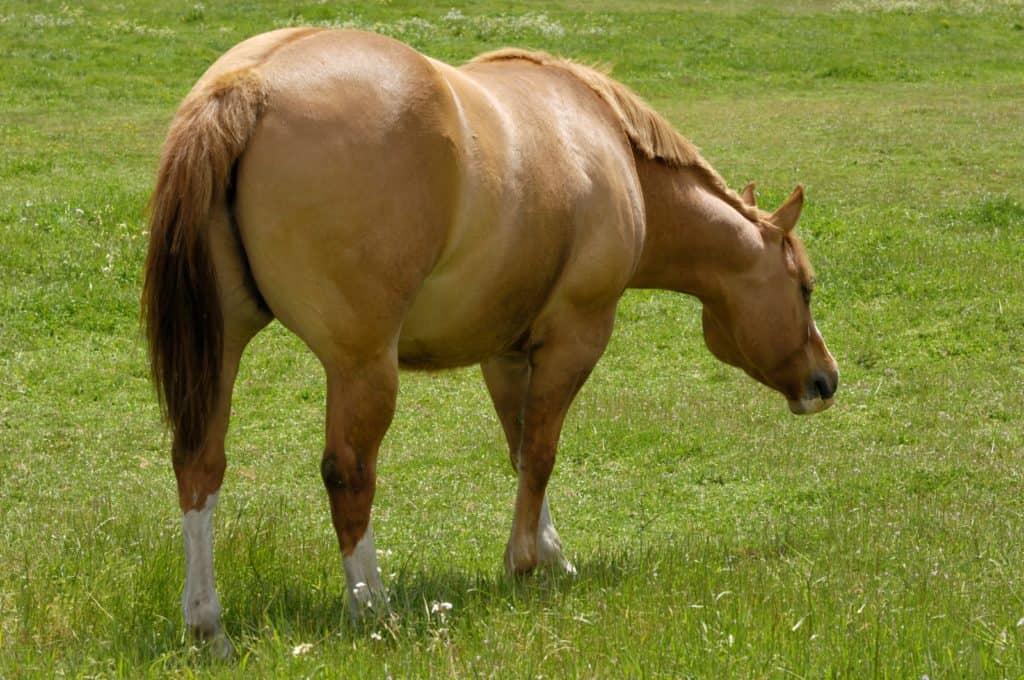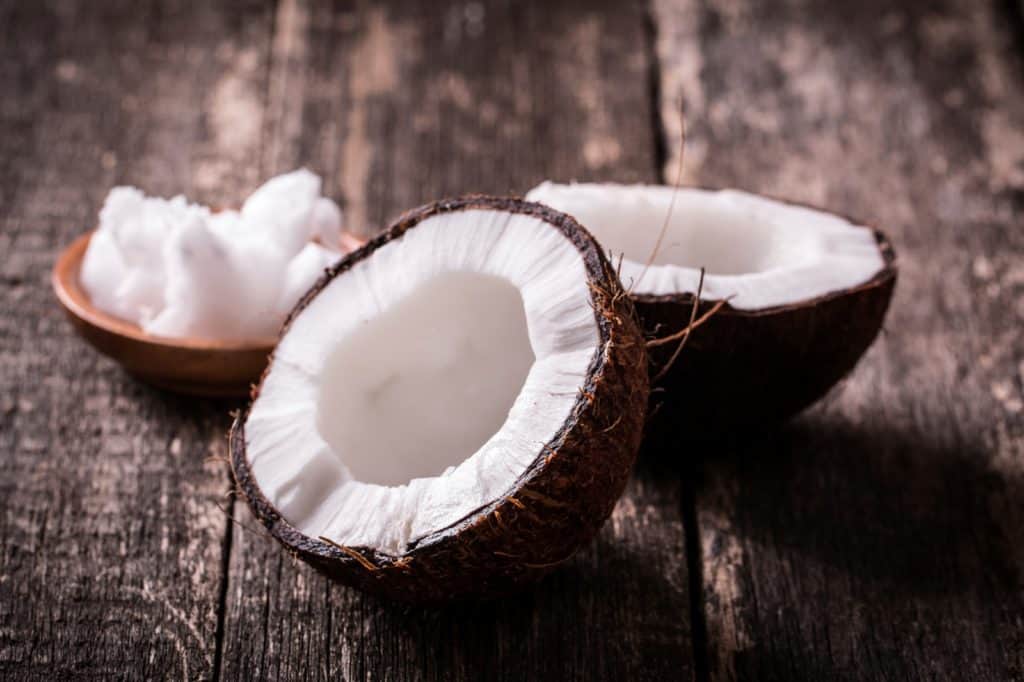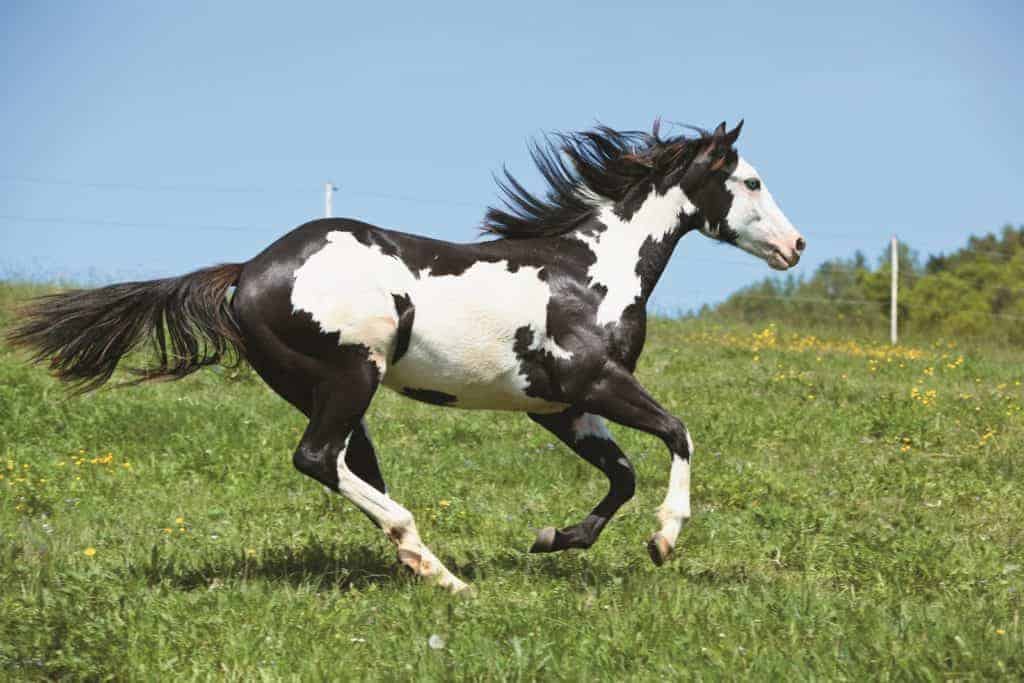
Does EMS Impact Horses’ Immune Responses to Vaccines?
EMS did not appear to significantly impact horses’ humoral responses compared to age-matched controls, researchers said.

EMS did not appear to significantly impact horses’ humoral responses compared to age-matched controls, researchers said.

Researchers hope the test will help them predict laminitis risk based on ponies’ insulin responses to food.

Elzinga hopes to gain a better understanding of mechanisms that could predispose a horse to developing laminitis.

Researchers found that test results should be interpreted differently for donkeys than they are for horses.

The team confirmed that EMS horses aren’t always fat, but that obesity can point to an underlying metabolic condition.

Coconut, or copra, meal could be useful for horses requiring low-NSC diets, researchers found

Current treatment options can be successful but only with sufficient veterinary support and advice, researchers found.
The foundation is supporting projects on EMS, juvenile idiopathic epilepsy, and hoof imbalance and lameness.

Researchers say the uterine environment can significantly impact a foal’s future bone health, metabolism, and more.
Scientists are investigating an active pharmaceutical ingredient called NP-500 with studies in horses.

Researchers ran four tests on the same group of horses to compare results and determine sensitivity and specificity.

Owner-managed weight loss in horses with EMS reduced both insulin resistance and susceptibility to laminitis.

Risk factors identified include height, a previous history of laminitis, breed, herd size, and more.

This painful dental disease is often seen in older horses and can have severe consequences. Here’s what to watch for.

By knowing what conditions certain horses are predisposed to, owners and breeders can take preventive steps.

Equine metabolic syndrome doesn’t just cause equids’ girths to expand; it can also lead to other health conditions.
Stay on top of the most recent Horse Health news with
"*" indicates required fields